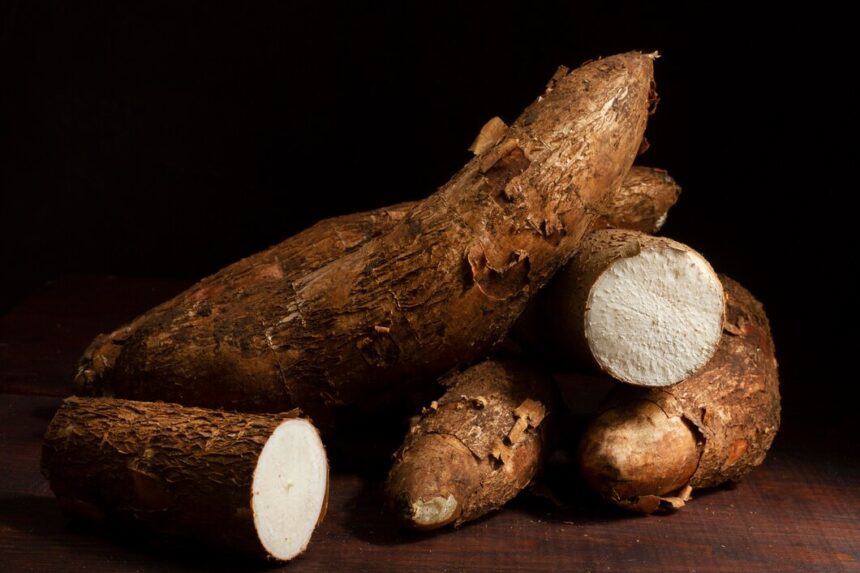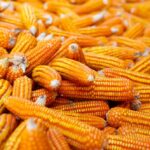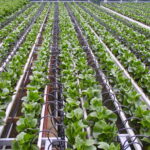Cassava (Manihot esculenta) is a vital staple crop in many tropical and subtropical regions, providing food security for millions. However, it is susceptible to various pests and diseases, with the Cassava Mosaic Virus (CMV) being one of the most detrimental. Early detection of CMV is crucial for managing the disease and minimizing yield losses. Here are ten early signs that your cassava plants may be infected with the Cassava Mosaic Virus:
1. Mosaic Leaf Pattern
One of the most characteristic symptoms of CMV is the appearance of light and dark green mottled patterns on the leaves. These patches can make the leaves look as if they have a mosaic appearance, hence the name of the virus.
2. Leaf Curling
Infected cassava plants may exhibit curling or distortion of the leaves. This curling can be upward or downward and affects both young and mature leaves, leading to reduced leaf area and overall plant vigor.
3. Stunted Growth
CMV-infected cassava plants often experience stunted growth. The plants may not reach their expected height or size, resulting in lower yields. This stunting can occur due to reduced photosynthesis and nutrient uptake.
4. Yellowing of Leaves
As the virus progresses, leaves may begin to yellow, particularly at the edges. This chlorosis can affect the plant’s ability to photosynthesize effectively, leading to further growth impairment.
5. Reduced Root Development
Infected plants may have poor root development, resulting in smaller and fewer roots. This reduction can significantly impact the yield and quality of cassava, as the roots are the primary edible part of the plant.
6. Premature Leaf Drop
Cassava plants affected by CMV may shed their leaves prematurely. This leaf drop can expose the plant to environmental stresses, further weakening its health and productivity.
7. Poor Flowering
Infected cassava plants may show reduced flowering or fail to produce flowers altogether. This lack of flowering can hinder the plant’s ability to reproduce and contribute to genetic diversity.
8. Deformed Leaves and Petioles
In addition to curling, leaves may also become deformed, appearing crinkled or stunted. The petioles (leaf stalks) may also exhibit abnormal growth patterns, making them shorter or thicker than usual.
9. Browning at Leaf Tips
The tips of the leaves may develop a brown, necrotic appearance, which is often a sign of stress in the plant. This browning can result from the plant’s inability to transport nutrients effectively due to the viral infection.
10. Increased Susceptibility to Secondary Infections
CMV weakens the plant’s overall health, making it more vulnerable to secondary infections by other pathogens, including fungi and bacteria. This increased susceptibility can lead to additional symptoms, compounding the challenges of managing the crop.
Early detection of the Cassava Mosaic Virus is critical for managing its spread and impact on cassava production. Regular monitoring of plants for the above symptoms can help growers take timely action, such as removing infected plants, applying appropriate pest control measures, and ensuring healthy planting materials. By remaining vigilant, cassava farmers can protect their crops and secure their livelihoods against the threat of CMV.








